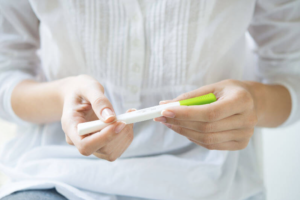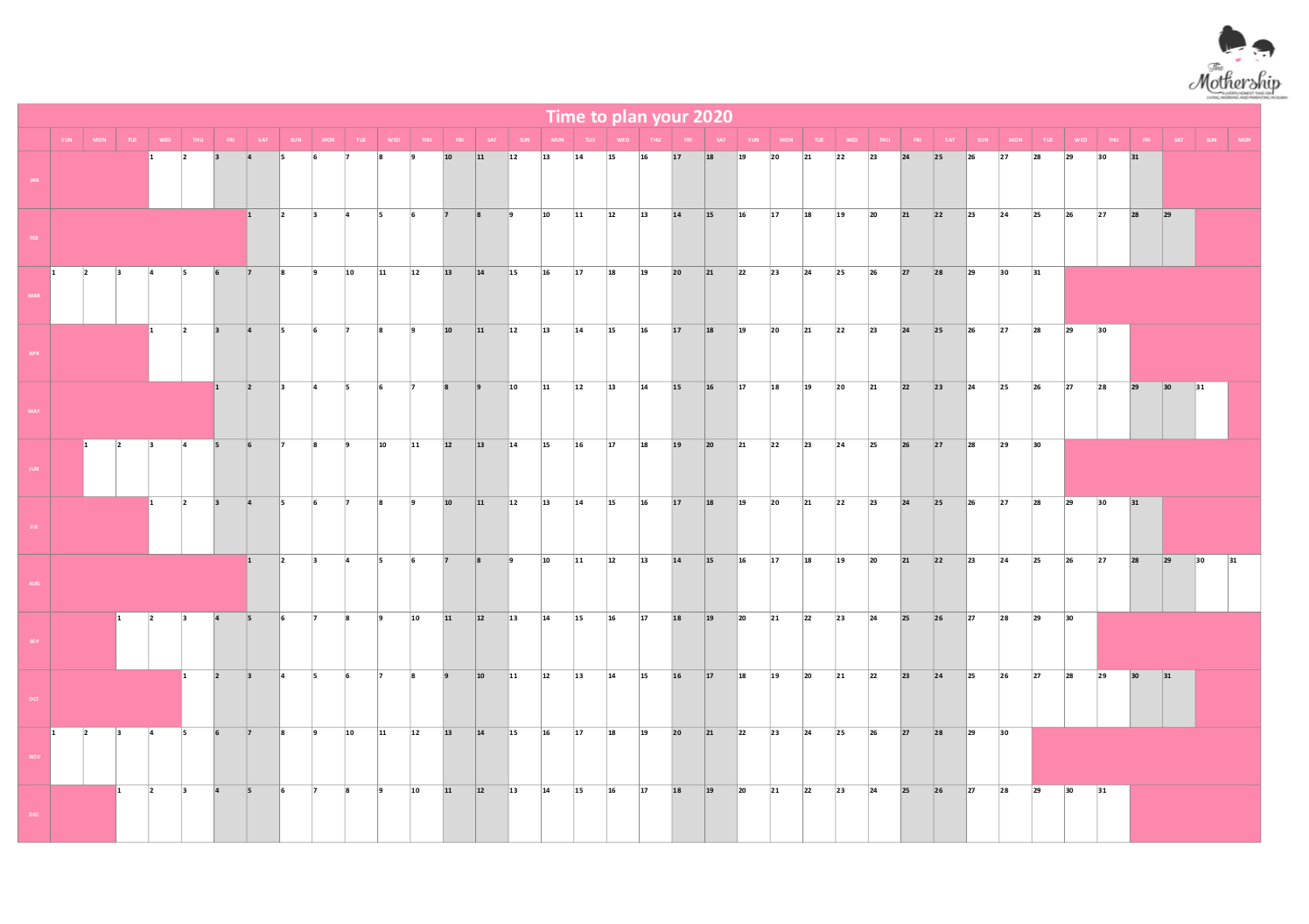A (pregnant) doctor’s guide to the three trimesters
October 23, 2016

Ever wondered what a pregnant doctor thinks of pregnancy? And how it has changed their perceptions? Here Dr Yasmin Ohlsson shares her insights, from day one to the third trimester…
I’ve seen scores of pregnant women over the years with everything from horrendous heartburn to super-sized swelling. Not to mention the inevitable niggles and unexplained aches which seem to go hand in hand with growing a baby. And although I’d nod my head and make all the right noises, I never really ‘got’ what it was all about – I mean, how bad could it possibly be?
Then something amazing happened. I fell pregnant myself, and with that I discovered newfound sympathy – tonnes of it in fact. I had never before experienced such debilitating nausea and not in a million years did I think it was possible to feel so internally squashed.
But now that I’m on the home stretch, with a little bundle of joy I can’t wait to meet, I’d like to share what I found to be the most challenging aspects of the past few months in the hope that it might bring you some clarity and reassurance:
- Trimester 1: Nausea! Nausea! Nausea!
The causes behind morning sickness (poorly named as it can come on any time of day) aren’t fully understood yet. The most popular theory is that it’s due to a surge in the pregnancy hormone Human Chorionic Gonadotropin, which is made at higher levels in those first few months.
But what we do know for sure is that every woman is different, as is every pregnancy. So although munching on cream crackers might work wonders for some women, I still can’t look at one.
Keep reminding yourself that feeling queasy in those first few months is a reassuring sign that things are developing and progressing just as they should. Equally, don’t suffer in silence and seek advice if you’re concerned or unable to keep anything down as this may be harmful for you and baby.
For some inspiration, check out these nausea busting suggestions provided by the NHS.
- Trimester 2: Those aches and pains
By the second trimester you’ll start to feel like you have a life again. But as your bump grows, you might become more and more aware of the extra strain on your body.
Keeping active during pregnancy helps you adjust to your changing body over the coming months. It can also help you sleep better. I found that being physically active each day was suddenly more important than ever. It wasn’t just about having a healthy pregnancy and recovery; it was about survival.
However, now’s definitely not the time to take up kickboxing. Instead be sensible and avoid anything too strenuous or contact based. And be aware of your shifting centre of gravity – you don’t want to topple over!
For more information on what’s safe and what’s not, take a look at WebMD’s pregnancy fitness guide.
- Trimester 3: It’s getting tight in there…
I’m still in this trimester but so far the most disconcerting symptom has been the sensation of not getting enough air into my very cramped chest.
Prenatal yoga has been amazing for helping stretch those muscles and create space for baby and for me. But even if you can’t attend a yoga class, there are plenty of simple stretches you can do yourself at home.
A word of warning: be careful as the pregnancy hormone Relaxin does exactly what it says on the tin – it relaxes your ligaments preparing you for labour. This makes it easy to overstretch so make sure you’re not pushing the limits of what you’re comfortable with.
Check out BabyCentre’s stretching suggestions.
Pregnancy has reinforced what I’ve always believed; if we learn to listen to our body it will tell us what it needs. There really is no one-size-fits-all solution so don’t be afraid of trusting yourself and doing what works for you.











